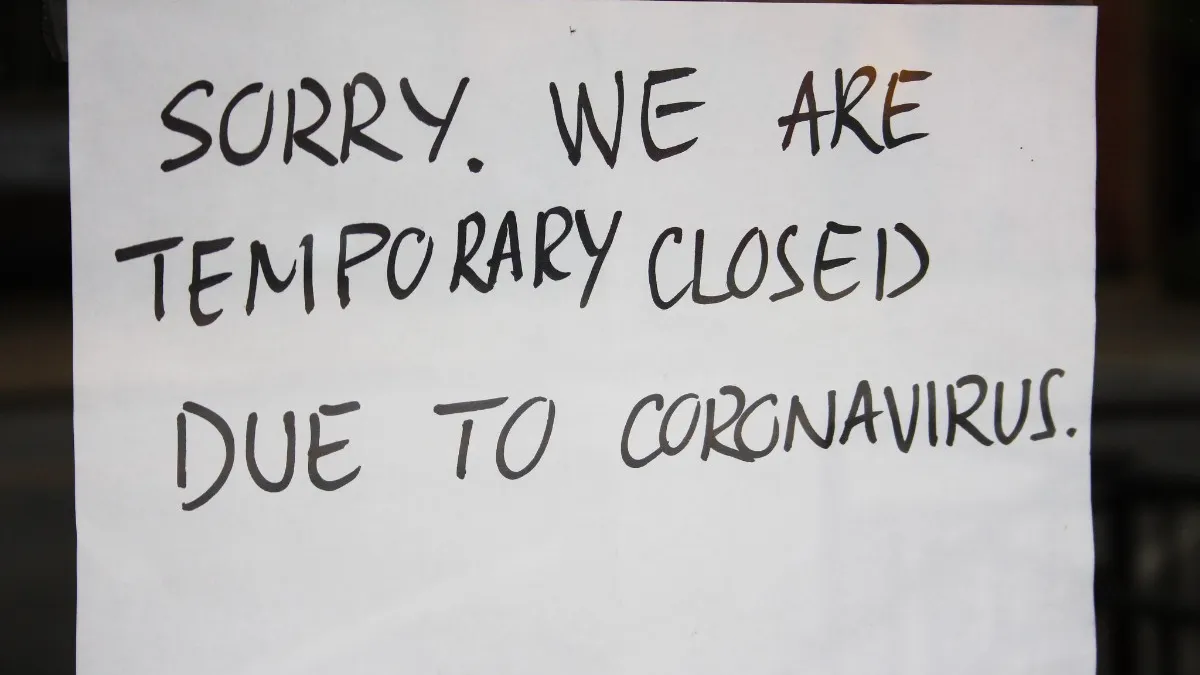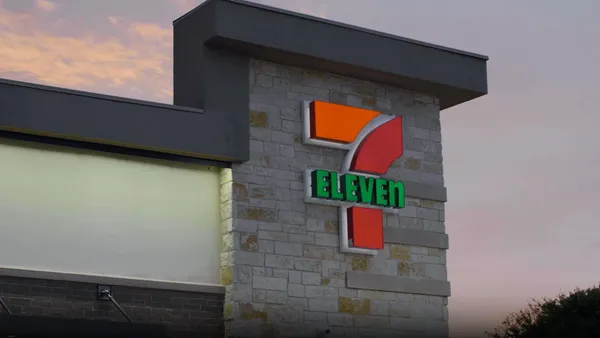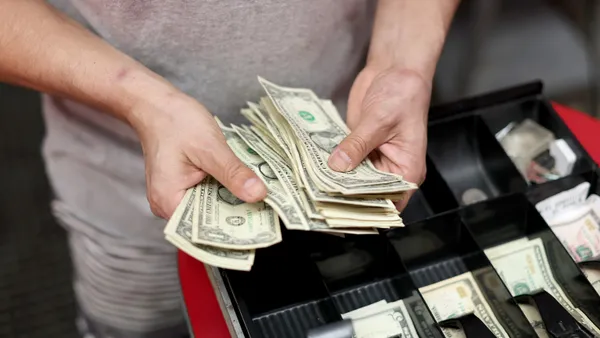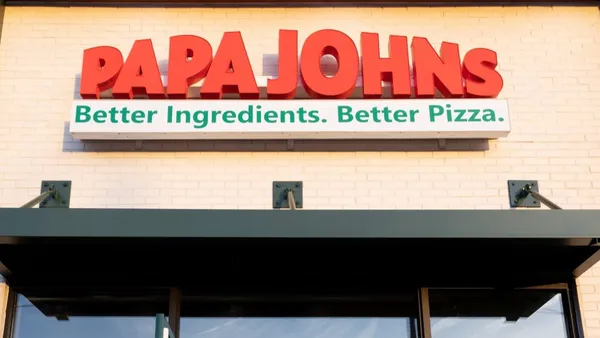Dive Brief:
- Nearly two-thirds of publicly-traded restaurants are at risk of bankruptcy, according to a new study from consulting firm Aaron Allen & Associates reported by Bloomberg. Smaller companies, like Potbelly, and dine-in concepts, like Bloomin’ Brands and Brinker International, are at the highest risk, according to Aaron Allen.
- Allen analyzed risk scores for 46 companies using metrics including capital and earnings. The findings show 65% of those companies, representing about 73,000 U.S. restaurant locations and $85 billion in annual sales, fall within a “distress zone.”
- Allen told Bloomberg that bigger companies with strong balance sheets are most likely to survive and consolidate with smaller, weaker companies.
Dive Insight:
These numbers, while high, should not be surprising. As of mid-May, the chance of restaurants defaulting was 24%, according to data from S&P Global Market Intelligence. Comparatively, the chance of default was less than 5% at the start of 2020.
Restaurant chains that remain well below dining capacity will no doubt have a long road to recovery as they burn through exorbitant amounts of cash just to keep their doors open.
The industry has already seen some of the damage from this crisis, as chains like Le Pain Quotidien U.S. and Brio Tuscan Grille have declared for bankruptcy, while an IHOP franchisee have done the same. Others are struggling with significant retrenchment. TGI Fridays, for example, warned that it could close as many as 20% of its system, while Potbelly’s could close up to 100 stores.
Notably, plenty of chains were struggling prior to the pandemic. In early March, Restaurant Business reported that five restaurant companies with nine chains had sought out debt protection within just the first two months of this year. This, along with consistently declining traffic across all segments, illustrates just how bloated the industry was prior to this crisis.
The chains with the strongest balance sheets will fair the best. Take Chipotle, for example, which has zero debt. Chief corporate reputation officer Laurie Schalow told Forbes that the company expects to look at development opportunities from restaurant closures: “While other brands will be in heavy cash-saving mode, we have the cash and the ability to come out of the gate really strong,” Schalow said of a post-pandemic environment.
If casual dining giants like Bloomin’ and Brinker file for bankruptcy, it could send a tidal wave throughout the entire segment, even perhaps accelerating operational changes that were critical during the lockdown, carryout and delivery among them. Off-premise has helped casual dining chains improve sales declines. The challenge for these operators, however, will be to balance this shift while ensuring differentiation. Diners could reduce their spending as a result of COVID-19's economic disruption when they do return to dine in at restaurants. They’re going to want more bang for their buck, not a sea of sameness.













